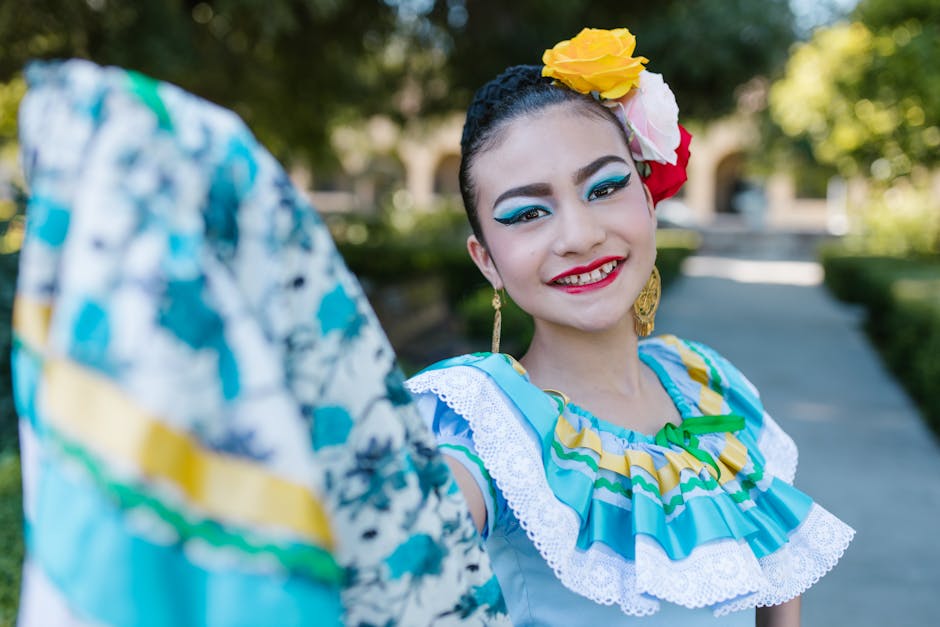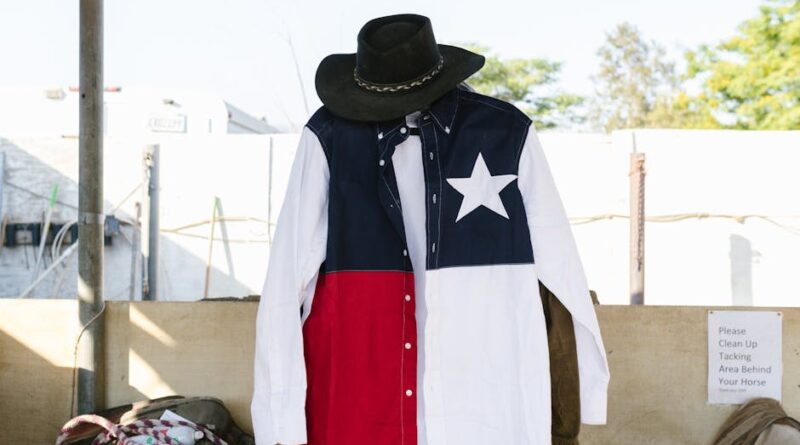Exploring Regional Fashion Influences
When we think about fashion, we often consider the latest trends from fashion capitals like Paris, Milan, or New York. However, fashion is a global language that is spoken in many dialects, influenced by the unique cultures, traditions, and histories of different regions around the world. Regional fashion influences play a crucial role in shaping the way we dress, the fabrics we choose, and the colors we love.
From the intricate embroidery of Indian sarees to the minimalist designs of Japanese kimonos, regional fashion influences offer a rich tapestry of styles and aesthetics that reflect the diversity of our world. In this article, we will delve deep into the fascinating world of regional fashion influences, exploring the history, impact, and future trends of fashion from different parts of the globe.
The Historical Roots of Regional Fashion

By RDNE Stock project via Pexels
One of the most captivating aspects of regional fashion influences is their deep historical roots. Fashion has always been a reflection of society, culture, and identity, and regional styles are no exception. The way people dress in a particular region is often a reflection of their heritage, environment, and social norms.
For example, the vibrant colors and intricate patterns of African textiles are a testament to the rich cultural heritage of the continent. In West Africa, traditional fabrics like Kente and Ankara are not just pieces of cloth but symbols of identity and pride. These fabrics have been worn for centuries, passed down from generation to generation, with each design telling a unique story.
In Asia, traditional garments like the Chinese qipao and the Korean hanbok are steeped in centuries-old traditions. The qipao, with its high collar and form-fitting silhouette, has been a symbol of Chinese femininity for centuries. Similarly, the hanbok, with its flowing lines and vibrant colors, reflects the elegant simplicity of Korean culture.
By understanding the historical roots of regional fashion influences, we can gain a deeper appreciation for the artistry and craftsmanship that goes into creating these unique styles.
The Impact of Globalization on Regional Fashion

By RDNE Stock project via Pexels
In today’s interconnected world, the boundaries between regions are becoming increasingly blurred, thanks to globalization. As a result, regional fashion influences are no longer confined to their original geographic locations but are spreading to other parts of the world.
For example, the rise of fast fashion brands has led to the mass production and distribution of clothing inspired by regional styles. You can now find traditional Indian prints on dresses in New York or Japanese-inspired streetwear in Paris. This cross-pollination of styles has led to a fusion of different cultural influences, creating a truly global fashion landscape.
However, this globalization of fashion has also raised questions about cultural appropriation and the commodification of traditional styles. When fashion brands borrow elements from regional cultures without giving credit to the original creators, it can lead to a loss of cultural identity and authenticity.
Despite these challenges, globalization has also presented opportunities for designers from different regions to showcase their unique perspectives on the global stage. Platforms like fashion weeks and social media have allowed designers to reach a global audience, sharing their cultural heritage through their designs.
Regional Fashion Influences in the Digital Age
With the rise of social media and e-commerce, regional fashion influences are now more accessible than ever before. You no longer have to travel to a specific region to discover its unique styles a few clicks on your phone or computer can open up a world of fashion inspiration.
Social media platforms like Instagram have become virtual runways, where fashion influencers from around the world showcase their unique style to millions of followers. From street style in Tokyo to haute couture in Paris, these influencers are redefining the boundaries of regional fashion influences, creating a global community of fashion enthusiasts.
E-commerce has also played a significant role in democratizing fashion, allowing designers from different regions to reach a global audience with their collections. Online marketplaces like Etsy and Farfetch have made it easier for consumers to discover and purchase unique pieces from around the world, supporting independent designers and artisans.
However, the digital age has also brought challenges to regional fashion influences, with concerns about sustainability and ethical fashion practices becoming more prominent. As consumers become more aware of the environmental and social impact of their clothing choices, there is a growing demand for transparency and accountability in the fashion industry.
Preserving and Celebrating Regional Fashion

By Savvas Stavrinos via Pexels
As we navigate the ever-changing landscape of fashion, it is essential to preserve and celebrate the rich tapestry of regional styles that make our world so diverse. From traditional crafts like weaving and embroidery to modern innovations in sustainable fashion, there is a wealth of creativity and talent waiting to be discovered.
One way to support regional fashion influences is to shop consciously, by choosing pieces that are ethically made and sustainably sourced. By investing in quality garments that are made with care and attention to detail, we can support local artisans and preserve traditional craftsmanship.
Another way to celebrate regional fashion influences is to educate ourselves about the cultural significance of different styles and designs. By learning about the history and heritage behind our favorite garments, we can develop a deeper appreciation for the artistry and creativity that goes into creating them.
Ultimately, regional fashion influences are a reflection of our shared humanity, a way of connecting with people from different parts of the world through a universal language of style. By embracing the diversity of regional fashion influences, we can celebrate the beauty of our differences and create a more inclusive and sustainable fashion industry.
Conclusion
To wrap things up, regional fashion influences offer a fascinating glimpse into the cultural richness and diversity of our world. From the historical roots of traditional garments to the impact of globalization on modern fashion, regional styles have a story to tell that goes beyond trends and seasons.
As we navigate the complexities of the fashion industry, let us remember to celebrate and support the unique perspectives and talents of designers from different regions. By embracing the beauty of regional fashion influences, we can create a more inclusive and sustainable fashion landscape that honors the creativity and craftsmanship of artisans around the world.
So, the next time you put on a piece of clothing inspired by a different culture, take a moment to appreciate the history and heritage behind it. Fashion is not just about what we wear it is a powerful way of connecting with the world around us and celebrating the beauty of diversity.




